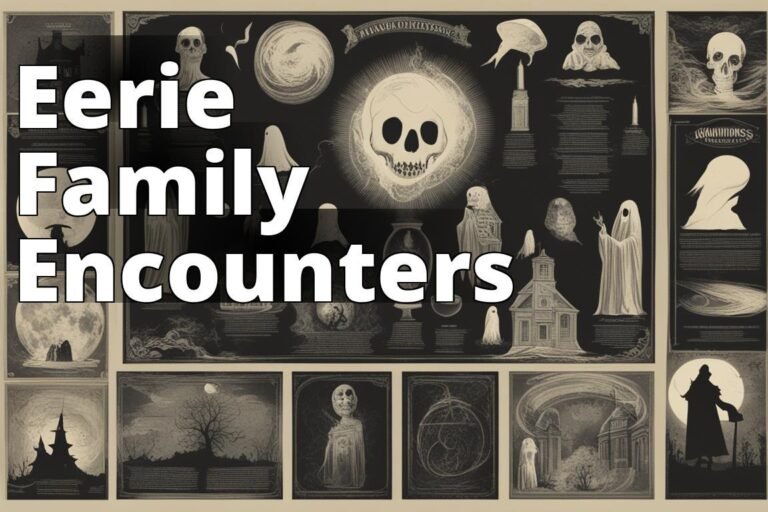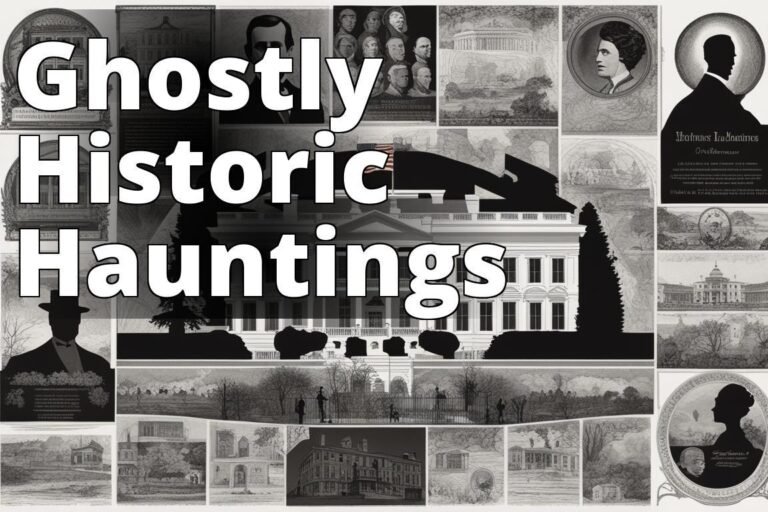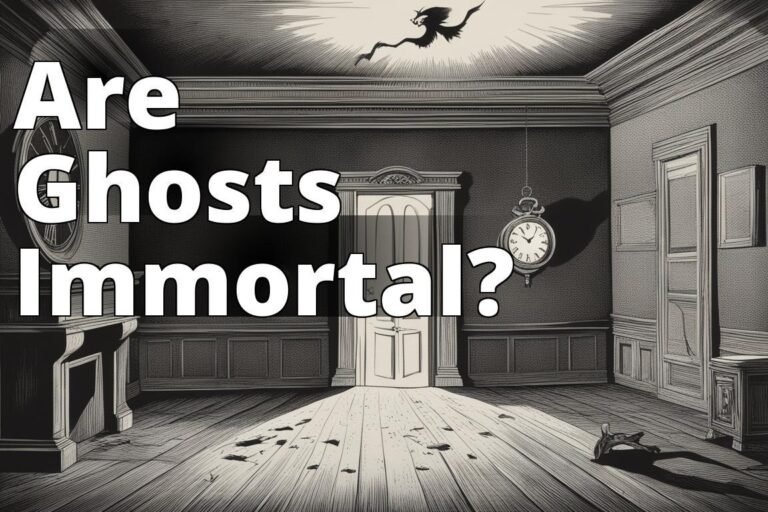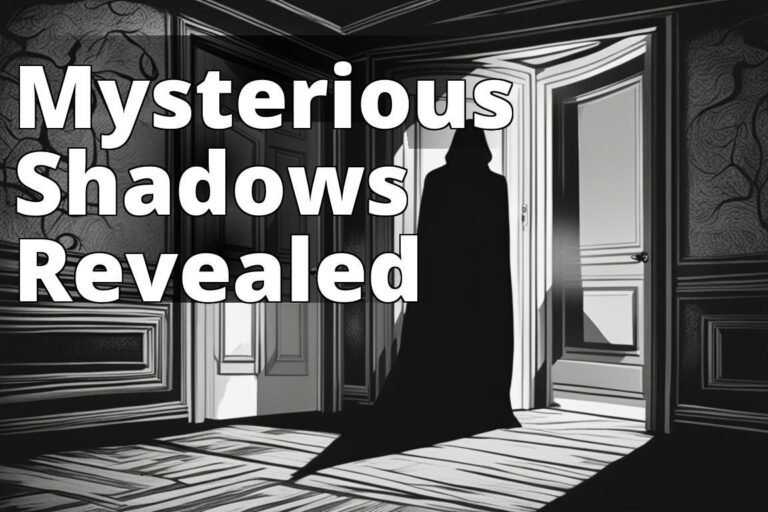100 Demon Names and Their Meanings
Have you ever wondered what lurks in the shadows of our imagination, where the boundaries between myth and reality blur? This fascination often leads us to explore the world of demons, not just as mere figments of folklore, but as symbols with intricate histories and profound meanings. The names of these demons, rooted in ancient texts and cultural lore, reveal much about the societies that birthed them. Each name carries a story, a warning, or perhaps a reflection of human nature itself. This exploration of demon names from A to Z will take you through a journey as rich in history as it is in mystery.
Learn About Demon Names
Discover the origins and meanings behind various demon names, enhancing your understanding of these mythical entities.
– Explore demon names alphabetically, from Abaddon to Valefor, and learn their unique meanings and attributes.
– Gain insights into lesser-known demons like Decarabia and Gremory, expanding your knowledge of various mythologies.
– Understand the significance of names such as Asmodeus and Beelzebub, which are often referenced in literature and folklore.
100 Demon Names and Their Meanings
Understanding demon names and their meanings offers a unique portal into the human psyche. Through various cultures, these names have been used to explain the unexplainable, to give form to the fears that lurk in the dark corners of our minds. Each name on this list is more than a simple label; it is a window into the past, offering a glimpse into the beliefs and values of ancient civilizations.
From the fiery pits of Hell to the shadowy realms of the unknown, demons have captivated human imagination for centuries. These entities are not simply evil incarnate; they are complex characters with intricate backstories, often embodying the duality of destruction and creation. By examining these names, we gain insight into the cultural significance and the psychological symbolism behind these malevolent figures.
Demon Names from A to Z
A
Abaddon
Known as the “destroyer,” Abaddon is a figure that appears in the Bible as the angel of the abyss. In the Book of Revelation, Abaddon is the leader of an army of locusts unleashed during the end times. The name itself is derived from a Hebrew word meaning “destruction” or “place of destruction.”

Insider Tip: According to demonologists, Abaddon symbolizes chaos and the destructive forces of nature. Understanding this figure provides insight into how ancient cultures viewed natural disasters and their impact on human life.
Abigor
Abigor is said to be a grand duke of Hell, commanding over sixty legions of demons. He is often depicted as a handsome horseman, knowledgeable in war and capable of foreseeing the future.

Thought-Provoking Question: What does the embodiment of war and foresight in a single entity say about our perception of conflict and strategy?
Acheron
Acheron, one of the rivers of the underworld in Greek mythology, was often associated with pain and sorrow. Though not a demon in the traditional sense, it has been personified as a figure of despair.

Adramelech
In Assyrian mythology, Adramelech was a sun god, but later texts describe him as a demon associated with false idols and vanity. His complex duality showcases the shift from worship to demonization.

Ahriman
Originating from Zoroastrianism, Ahriman is the embodiment of evil and chaos, in constant opposition to the god of light, Ahura Mazda. This duality represents the eternal struggle between good and evil.

Insider Tip: Ahriman’s story is a classic example of dualism in religion, and how cultures have historically used such narratives to explain the moral dichotomies of human existence.
Alastor
Alastor is often referred to as the “executioner” or “avenger” of the gods in Greek mythology. His role is to punish oath-breakers and those who commit heinous crimes.

Asmodeus
Asmodeus is one of the most well-known demons, often associated with lust and chaos. In the Book of Tobit, he appears as a demon who torments a woman named Sarah by killing her seven husbands.

Thought-Provoking Question: What does Asmodeus’ association with lust and chaos reveal about societal attitudes towards desire and disorder?
B
Baal
Baal is a name that appears in various ancient texts, often as a fertility god or a demon. In the Christian tradition, Baal is considered one of the seven princes of Hell.

Balam
Balam is depicted as a great and powerful king of Hell, commanding over forty legions of demons. He is said to possess the ability to answer questions about the past, present, and future.

Beelzebub
Known as the “Lord of the Flies,” Beelzebub is a demon associated with gluttony and the spread of disease. Originally a deity worshipped by the Philistines, he was later demonized in Christian texts.

Belial
Belial is a demon that embodies corruption and lawlessness. His name is often used synonymously with worthlessness, and he is depicted as a figure that incites rebellion.

Belphegor
Belphegor is a demon associated with sloth and invention. He is believed to seduce people by offering ingenious ideas for inventions that lead to wealth.

Insider Tip: The story of Belphegor highlights humanity’s complex relationship with innovation and laziness, suggesting that not all progress is inherently good.
C
Caim
Caim is a demon who appears in the form of a blackbird before transforming into a man. He is known for his ability to communicate with animals and reveal hidden truths.

Charon
In Greek mythology, Charon is the ferryman of the dead, responsible for transporting souls across the river Styx. While not a demon per se, his role aligns with themes of death and the afterlife.

Thought-Provoking Question: What does the role of a ferryman in the afterlife suggest about ancient beliefs regarding the journey of the soul?
D
Dagon
Dagon is a Philistine deity later demonized in Christian texts. Originally a god of fertility and agriculture, Dagon became associated with evil forces.

Decarabia
Decarabia is a demon said to appear as a pentagram star before taking on a human form. He is associated with the knowledge of plants and precious stones.

E
Eligos
Eligos is a demon known for his knowledge of warfare and the future. He appears as a knight carrying a lance and a serpent.

Insider Tip: Eligos’ association with war and foresight reflects the human desire to predict and control the outcomes of conflict.
G
Gaap
Gaap is a demon that commands forty legions and has the power to incite love and hatred. He is often depicted as a winged entity.

Gremory
Gremory is a demon that appears as a beautiful woman riding a camel. She is known for her ability to reveal hidden treasures.

I
Iblis
In Islamic tradition, Iblis is the equivalent of Satan, a jinn who refused to bow to Adam and was cast out of heaven. He represents pride and disobedience.

Incubus
An incubus is a demon that is said to visit women during the night to engage in sexual activities with them. Myths surrounding incubi reflect societal fears about sexuality.

J
Jinn (Djinn)
Jinn are supernatural beings in Islamic texts, capable of both good and evil deeds. They are often depicted as beings made of smokeless fire.

K
Kobal
Kobal is a demon associated with humor and trickery, often seen as the patron of comedians and jesters.

M
Malphas
Malphas is a demon known for his ability to build fortresses and his keen insight into secrets. He is often depicted as a crow.

Mammon
Mammon is the personification of greed and material wealth. He is often depicted as a figure consumed by gold and riches.

Marbas
Marbas is a demon known for his healing abilities and knowledge of mechanics. He is depicted as a lion or a man.

N
Naberius
Naberius is a demon known for his eloquence and ability to restore lost dignity. He is often depicted as a three-headed dog or a raven.

Nergal
Nergal is a Mesopotamian deity later associated with the underworld and war. His demonization reflects the merging of cultural symbols over time.

O
Orias
Orias is a demon known for his knowledge of the stars and transformation. He is often depicted with serpentine features.

P
Paimon (Paymon)
Paimon is a demon associated with knowledge and arts. He is depicted as a man riding a camel, accompanied by a host of spirits.

Phenex (Phoenix)
Phenex is a demon that often appears in the form of a phoenix, symbolizing rebirth and transformation. He is known for his poetic abilities.

R
Raum
Raum is a demon known for his ability to destroy cities and overthrow governments. He is often depicted as a crow.

S
Samael (Samiel)
Samael is often referred to as the angel of death in Jewish lore. He is associated with destruction and poison.

Seere (Seyr)
Seere is a demon known for his swiftness and ability to transport people instantly. He is often depicted as a human riding a horse.

Shax (Shahak)
Shax is a demon associated with theft and trickery, capable of stealing anything but always returning it.

Sitri (Sitra)
Sitri is a demon known for causing love and lust. He is often depicted with the face of a leopard.

T
Tannin (Tannim)
Tannin is a sea monster or dragon, often associated with chaos and the primordial waters.

V
Valefor (Malaphar)
Valefor is a demon known for his role as a thief among thieves, often depicted as a lion with the head of a man.

More Demon Name Lists
This journey through demon names from A to Z has barely scratched the surface of the vast lore surrounding these enigmatic figures. Each name we have explored reveals a tapestry of cultural beliefs, fears, and moral stories. From ancient civilizations to modern interpretations, these names continue to captivate and challenge our understanding of good and evil.
For those intrigued by the depth of demonology, there are countless more lists and resources available that delve into the nuances of each figure’s role and symbolism. Whether you’re a scholar, a fan of mythology, or simply curious, the world of demons offers a fascinating mirror to human nature and the stories we tell to make sense of the world.
Explore more about the interplay of myth and culture by visiting other comprehensive lists of demon names here.
Conclusion: In the end, demon names are more than just labels for the forces of darkness; they are reflections of the human condition, embodying our fears, our desires, and our eternal struggle to understand the unknown. As you explore these names, consider what they reveal about the world they come fromand the world we live in today.
FAQs
Who creates the various demon names and meanings we see?
Demon names and meanings have been documented by scholars and folklore.
What are some common demon names and their meanings?
Common demon names include Asmodeus, known for lust, and Beelzebub.
How can I find the meaning of a specific demon name?
You can research in demonology books or reputable online resources.
Are all demon names associated with evil intentions?
Not all demon names imply evil; some serve specific roles in mythology.
Why should I learn about demon names and their meanings?
Understanding demon names can enrich your knowledge of folklore and culture.
Is it safe to use demon names in rituals or practices?
Approaching demon names requires caution and respect for their meanings.







